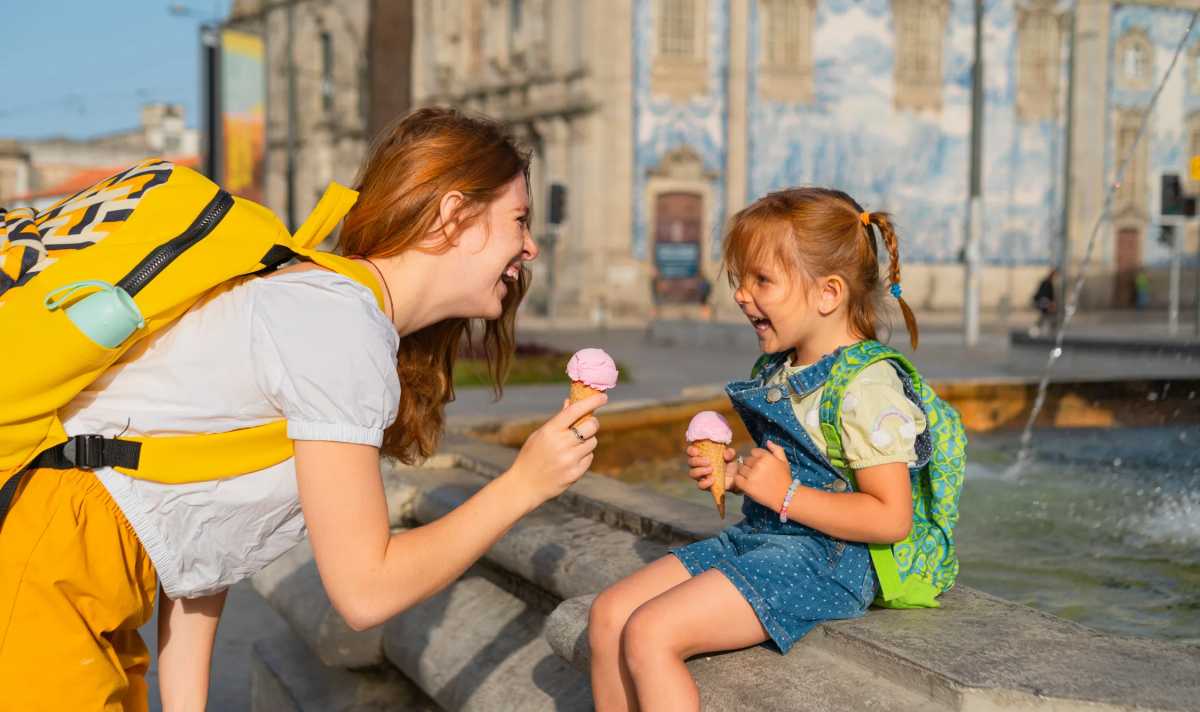Havana is back on the map. Relaxed travel restrictions to Cuba — just 90 miles off the southern tip of Florida — and newly-launched direct flights from New York to Havana have reopened the doors of this vibrant capital city to Americans. Here’s what to expect once you get there.
Where to go:
Start in Old Havana, a UNESCO World Heritage Site, and explore its centuries-old plazas, colonial fortresses and baroque and neoclassical buildings. At Plaza de Armas, the oldest square in Havana, locals sell vintage books while musicians serenade pedestrians. Stroll Paseo del Prado, a tree-lined promenade between Old Havana and Centro Habana that’s flanked by notable buildings such as the Gran Teatro de La Habana Alicia Alonso, an ornate structure that houses the Ballet Nacional de Cuba.
Cuba is famous for its cigars. Learn more about the industry at one of its most famous makers, the Partágas Cigar Factory (Calle Industria No. 520), which offers tours of its facility. And if you want to take home some Cuban brands from its cigar shop, it’s easier than ever; in October, the Obama administration lifted a $100 limit on the amount of Cuban cigars and alcohol visitors can bring back to the United States for personal use.
Another souvenir, contemporary art, is a rising market for visitors. Fábrica de Arte Cubano (Calle No. 26, www.fac.cu), a repurposed warehouse housing an arts venue and nightclub, is among Havana’s edgier art spaces.
Where to eat:
Havana’s dining scene is dominated by paladares — private restaurants inside homes — which have taken off in recent years. Among the best options are San Cristóbal Paladar (San Rafael No. 469), located on the ground level of a family mansion, which has served the likes of President Obama and Beyonce dishes like its country-style pork and fresh-caught lobster. At Paladar Los Mercaderes (Mercaderes No. 207), tradition is served with a twist: Its signature ropa vieja, a Cuban beef dish, is made with lamb. And at O’Reilly 304 (O’Reilly No. 304), two brothers serve cheesy comfort foods like tacos and quesadillas alongside generous gin cocktails.
Where to stay:
Hotel Santa Isabel (Baratillo St. No. 9, hotelsantaisabel.com) is located right on Plaza de Armas, with some rooms opening onto a shared balcony overlooking the bustling plaza. For a chicer option, Hotel Saratoga (Paseo del Prado No. 603, hotel-saratoga.com) offers ritzy rooms furnished with velvet touches, a rooftop pool and, unlike most hotels in Havana, free Wi-Fi.
What to know before you go
Permitted travel: Technically, American tourism is still prohibited in Cuba. But earlier this year, the Obama administration eased travel restrictions so that Americans with a valid passport can visit Cuba without pre-applying for a license, as long as it’s for one of 12 categories. These include family visits, government business, research or, for most visitors now, educational activities that involve a full-time schedule of “people to people” exchanges with Cubans (so a purely tourist activity such as sunbathing on a beach does not count). A tourist visa can be purchased at the final airport before departing the U.S. ($50). Travelers to Cuba must also have health insurance, which is typically added to the airline fare at $25.
Direct flights: Delta and JetBlue offer direct flights from John F. Kennedy International Airport to Havana’s José Martí International Airport, and United Airlines launched direct flights from Newark Liberty International Airport.
Agency help: Tech-friendly agencies like Cuba Travel Network (347-758-4209, cuba-travel.com), which opened a New York office last year, can coordinate “people to people” visas and tours to navigate Havana. The agency’s 24-hour emergency helpline is a unique perk to sorting out Cuba’s cumbersome quirks.
Get cash: Make sure to have cash on hand (the Cuban currency is the CUC), as most credit and debit cards issued by U.S. banks are not accepted in Cuba.
Off the grid: Speaking of quirks, internet is widely unavailable in Cuba, and most U.S. carriers do not offer coverage in Cuba — or if they do, there might be pricey roaming fees. So don’t expect to be using your phone or checking email all that much.
Vintage rides: Vintage American cars whizz throughout Havana, as buying new foreign-manufactured cars was forbidden during the U.S. trade embargo. So instead of yellow cabs, you might hail a pink 1950s Dodge convertible.
The goings-on: Online resources are scarce for up-to-date events, though LaHabana.com is updated often with information on excursions, restaurants, shopping and more.


























